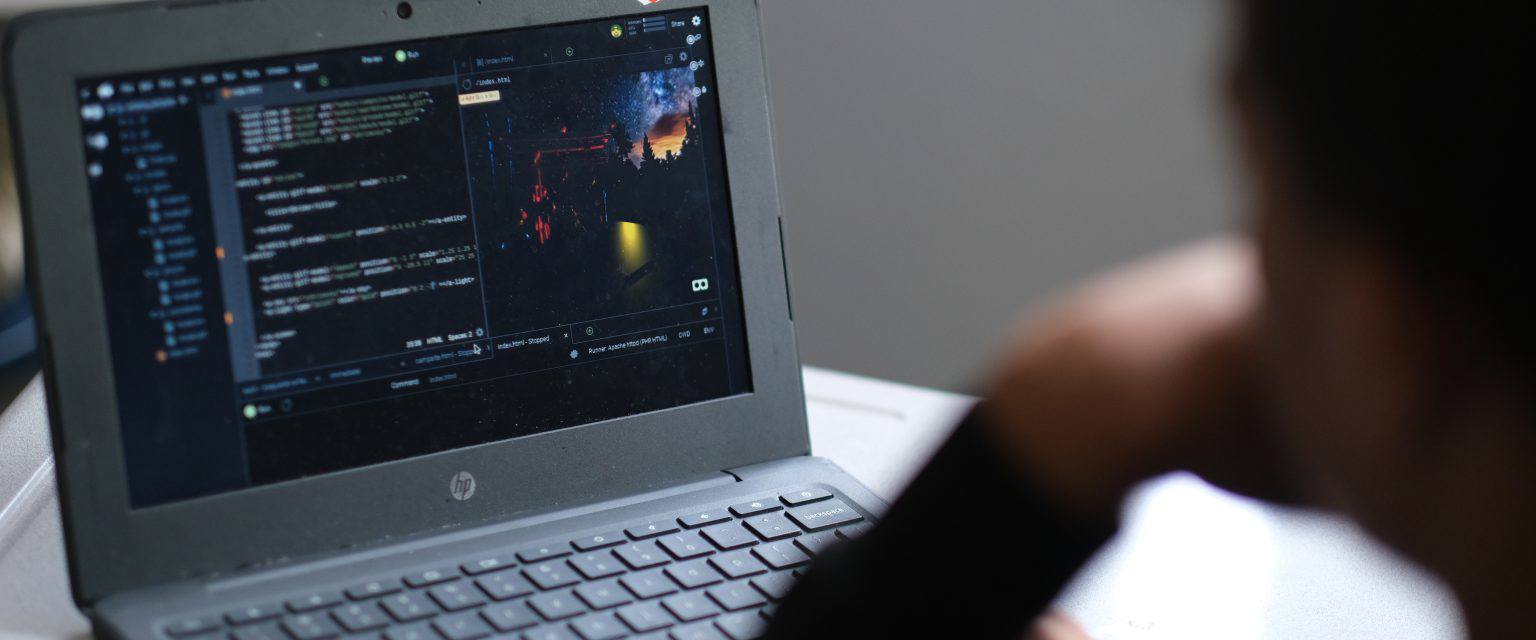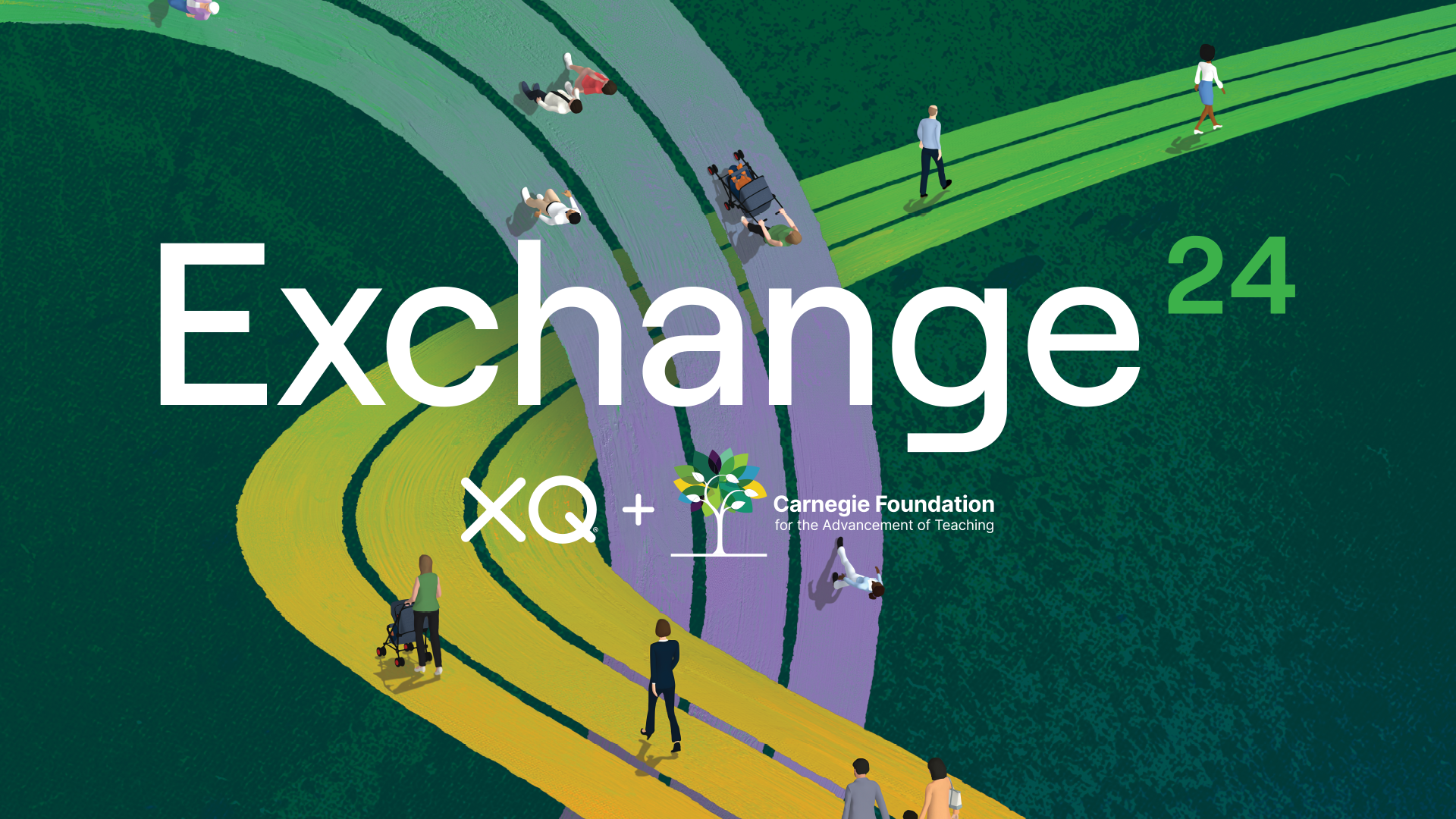Early Remote Learning Lessons and the Future of Education
The transition to remote learning has pushed educators to rethink the ways we teach. Here’s what we’ve learned so far from the transition.

The COVID-19 school closures have brought with them unprecedented challenges to education in America. We at XQ are paying careful attention to how schools are adapting to the new learning landscape and doing our best to share lessons learned with educators, students, education leaders, and communities. Our earlier blog, Teaching for Remote Learning: Lessons We’ve Learned So Far, features examples of how educators at XQ schools around the country are dealing with the transition to remote learning and emphasizes the importance of student-centered, equity-driven educational experiences.
There are a lot of unknowns out there. But what’s clear is that successful solutions during COVID-19 school closures will signal how students will learn in a post-COVID-19 world. Successful strategies that come from the transition to remote learning won’t be a stop-gap to get us through the current crisis; they will fundamentally shift how school functions in the future.
Here are few examples of current practices that may well foreshadow future trends in education.
A Renewed Emphasis on the science of Adolescent Learning
At XQ, we constantly seek to apply current and original research about adolescent learning to our work. In fact, our foundational knowledge modules include an entire module dedicated to new discoveries in the Science of Adolescent Learning. The latest research on adolescent learning shows that, in high school, the adolescent brain is still growing. Teenagers are truly still in “development mode,” and they benefit crucially from rigorous, relevant learning experiences that engage and challenge them during this time. Adolescents are also building important skills like decision making, impulse control, and prioritization, ideally in the context of caring, trusting relationships with adults and peers. In short, as much as we know about the science of adolescent learning, we need to know much more in order to apply its lessons to remote learning. Educators are striving to find new ways to support students in growing essential skills, knowledge, and capacity, and their work would benefit greatly from an infusion of new insights from the science of adolescent learning.
Focus on building students’ capacity to lead their own learning
Remote learning works best when students have developed the capacity to take charge of their own education and participate in defining expectations for their work. Instead of being supervised constantly by educators and being spoon-fed daily tasks, students learning remotely need to assume more responsibility, accountability, and agency in their education. Their new responsibilities include planning their own projects, managing their own time, and leading their own learning at home. This is a huge shift, and thoughtful educators are scaffolding the change for students. For instance, Crosstown High developed a Lead One’s Learning form, which prompts students to establish a synthesized plan to manage their weekly assignments. The form also encourages weekly reflection on how students can improve their own project management skills.
Note that Crosstown adopted “Lead One’s Learning” as one of the competencies it seeks to develop in students; it also aligns with XQ’s Learner Goal “Learners for Life.”
An Accelerated shift to competency-based learning
In Show What You Know: A Landscape Report on Competency-Based Education (CBE), XQ asserted that shifting away from time as a proxy for learning and toward a system based on demonstrating competence is inevitable and well underway. A key component of the Aurora Institute’s definition of CBE is that students progress based on mastery (not just seat time), whereby they “show that they know.” While this is just one aspect of the shift to CBE, the COVID-19 school closures are full of examples of students “showing what they know.” For instance, Latitude High School students are using the app Flip Grid to share their progress in completing a lab on thermal-insulation with their teachers and conveying what they’re learning.
Image from Latitude High School on Instagram Image
Opportunities to close the digital divide and give each student the tools they need to succeed
The transition to remote learning clarified the depths of the digital divide. During the abrupt transition to remote learning, educators and education leaders were confronted with the reality that roughly 18% of homes in America do not have access to wifi and computer hardware. To help solve the problem, Chris Knight and Jey Pettigrew launched Devices for Students to get students the tools they need to learn. Across the country, systems and schools have also been stepping up locally to ensure students have the tools they need. We featured a few examples of what XQ schools (including Grand Rapids Public Museum High School, Furr High School, and Circulos) are doing in that area In last week’s blog post.
Increase student voice, choice, and access to power
The transition to remote learning has revolutionized how some policymakers view and engage with students. Concerned policy leaders want to make sure students feel heard, supported, and recognized as their academic year moves outside the classroom. In Rhode Island, where XQ has launched the partnership XQ+RI, Governor Gina Raimondo and Education Commissioner Angélica Infante-Green launched several initiatives to engage students during the COVID-19 crisis. They have held press conferences to gather students’ questions about COVID-19 and posted the state’s response online. Students submitted over 7,000 questions through the governor’s survey. Even more remarkable, Rhode Island students affectionately refer to Governor Raimondo as “Ms. Gina.” Additionally, Governor Raimondo launched an April Reading Challenge—“RI Reads at Home”—to inspire every Rhode Island student to read for 60 minutes every day. By engaging with students directly, state leaders can show their commitment and help young people feel acknowledged.
Learning that leverages real-world issues
For students, learning from real-life events as they happen can make abstract concepts tangible and help students grasp how the elements of complex systems relate to one another. At Crosstown High, for example, educators and students took on an ambitious study of supply chains within the context of COVID-19. Through “Hoarding of Food and Cleaning Supplies During Times of Crisis,” students learned about how external pressures can affect a supply chain. This and other Crosstown learning experiences have been posted publicly.
Even in a moment of difficult transitions, the narrative of educational change does not stop. Practices from this time will inform the future of high schools across the country and may lay the groundwork for imaginative change. So, considering what is at stake during this transition, let’s be sure to place equity and student-centered educational experiences at the center of our work, even remotely.
We know that we are just in the beginning and the lasting changes to education are still elusive. Tell us what you’re observing or fill out our guest blog form if you’d like to share your story.









